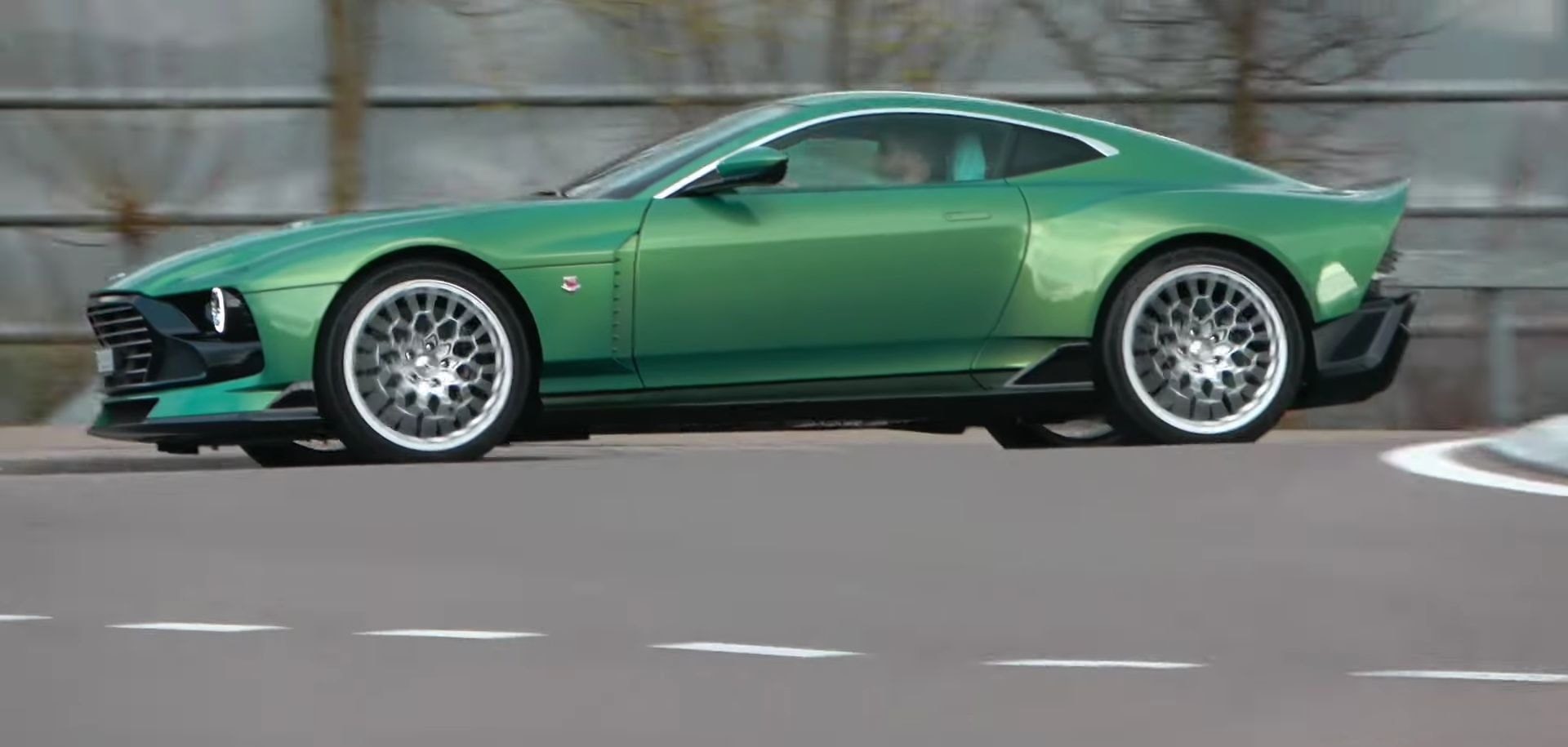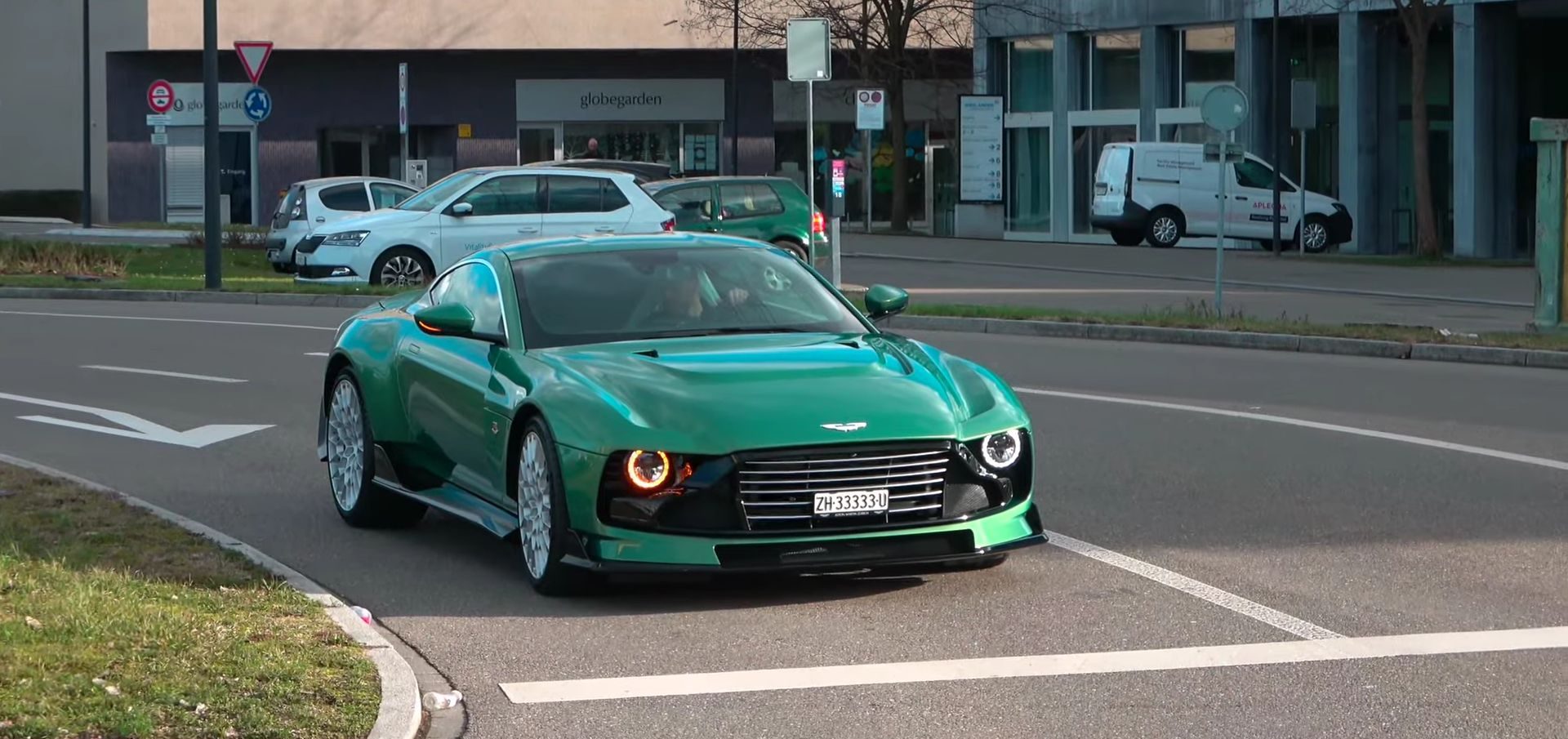The V12 engine holds a prestigious status in the realm of automotive engineering. However, stringent emission and fuel economy regulations have compelled automakers to shift towards downsized engines with hybrid assistance, diminishing the presence of large powerplants.
Even rarer are V12 cars equipped with manual transmissions, with only three such vehicles in production today. Gordon Murray’s GMA T.50 and T.33 models feature Cosworth-developed engines capable of revving to an astonishing 12,100 rpm, surpassing the BMW-powered McLaren F1 in both power and rev range.

The third V12 car with a manual transmission is the Aston Martin Valour, a limited-run grand tourer boasting design elements reminiscent of the iconic Ford Mustang. Serving as the successor to the one-off Victor, the Valour shares lineage with the One-77, paying homage to Aston Martin’s heritage.
Limited to just 110 units worldwide, the Valour exemplifies Aston Martin’s commitment to exclusivity and performance. Its twin-turbocharged V12 engine delivers 705 horsepower and 555 pound-feet of torque, surpassing its V12 Vantage predecessor.
Despite lacking the aural allure of naturally aspirated engines, the Valour’s twin-turbo V12 retains Aston Martin’s distinctive sound signature, unmistakable to enthusiasts. Although Aston Martin has not disclosed the Valour’s price, estimates suggest it exceeds $1.5 million, reflecting its elite status in the automotive world.
As Aston Martin prepares to phase out its current V12 engine lineup by 2026 or 2027, the Valour represents a pinnacle of combustion engine craftsmanship. The company aims to introduce electrified powertrain options for all models by 2026, signaling a shift towards sustainable mobility in the luxury segment.

